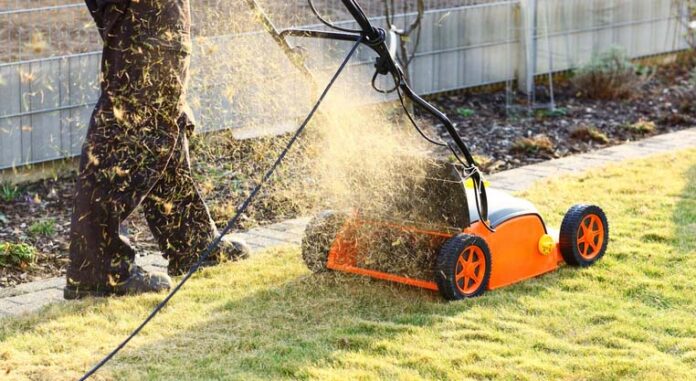Lawn scarifiers are essential tools if your household or office has a lawn space. It removes excess vegetation such as decaying leaves, debris, and moss. Lawn scarifiers are integrated with spinning blades that rotate to remove the excess grass. The rotational movement also aerates the soil.
Before purchasing a lawn scarifier, you will need to understand its features and select a suitable model. Here are some classifications of features to help you understand the functioning of a lawn scarifier.
You can learn more about lawn scarifiers and even buy one at websites like
https://www.mektronics.com.au/draper-tools-2-in-1-lawn-aerator-scarifier-1100w-320mm.html.
Hand Scarifiers:
Hand scarifiers usually contain two wheels with blades in the centre. The rotational movement of the wheels turns the blades and helps you remove the grass.
Hand scarifiers are best suited to individuals who want to make sustainable choices. The ideal lawn area for a hand scarifier is 100 m².
Fuel Type:
Petrol Scarifiers:
Petrol scarifiers function on powerful engines fueled by petrol. They have two blades and rotate at a faster rate compared to hand scarifiers. They require regular maintenance and are highly durable.
Electric Scarifiers:
Electric scarifiers are advanced machines that can cut into the soil. They are low-maintenance tools and are quieter compared to petrol scarifiers. They also lightly turn the soil and aerate it in the process.
Modern scarifiers allow the user to switch between modes and customize the cutting process. Most are intended to cut into a depth of 5 cm, and some scarifiers allow you to adjust the depth and even come with predetermined settings.
Cutting Methods:
Tined Scarifiers:
Instead of blades, tined scarifiers come with tines, and resemble a rake. Small motors power tined models with a power rating ranging between 600-750 W. They are excellent for removing dead vegetation. Tined scarifiers are suitable for small and medium-sized lawns with an average surface area of 300 to 500 m².
Bladed Scarifiers:
Bladed models come with blades that are designed to cut and dig the soil. They are powered by a larger motor and are more powerful compared to their tined counterparts.
The power rating ranges between 1000 and 1800 W. They also remove moss and debris and collect them in cylindrical boxes. A bladed scarifier is a good option if you plan to aerate, weed, and scarify more extensive lawns with an average area above 500 m².
The Number of Blades:
The general rule is that the efficiency of the scarifier is directly proportional to the number of blades. Bladed models contain 14 to 20 blades. Tined scarifiers have models with 24 or 48 tines.
Scarifiers usually come with blades that have a standard cutting width. A machine with a larger cutting width allows you to cover a larger area in a small amount of time.
Material of the Blades:
The durability and maintenance of the scarifier depend on the material of the blade and tines. Tempered steel, aluminium, and stainless steels are some of the best materials available in the market. They are rigid, easy to clean, and can easily be attached and detached.








